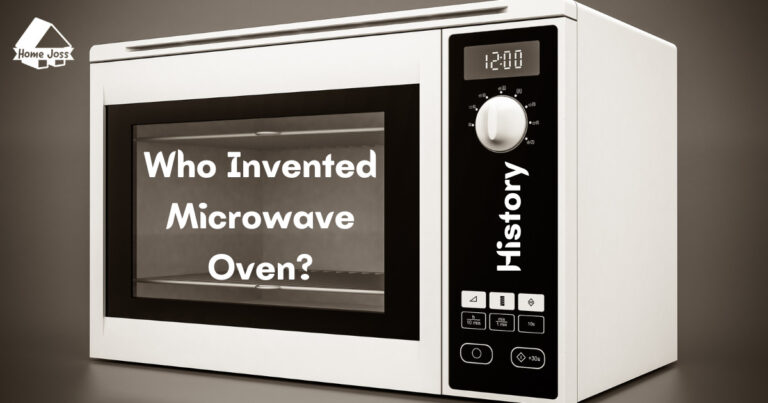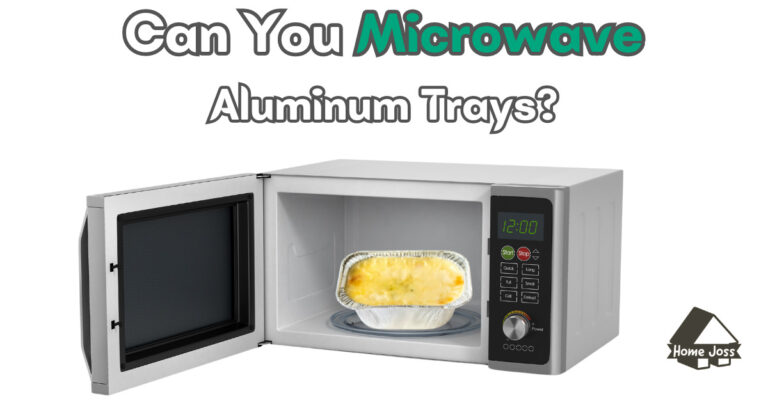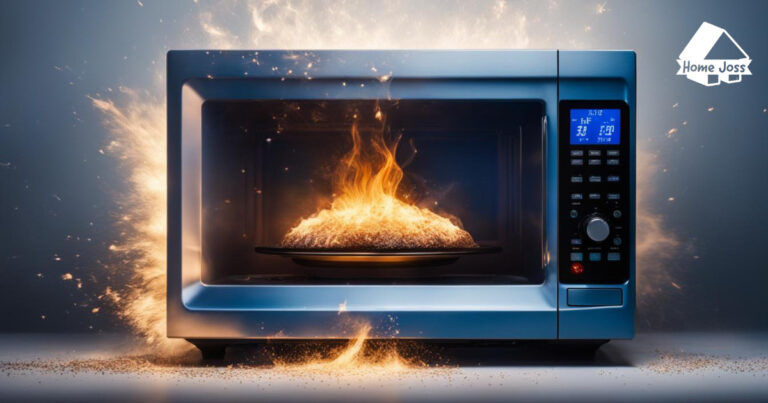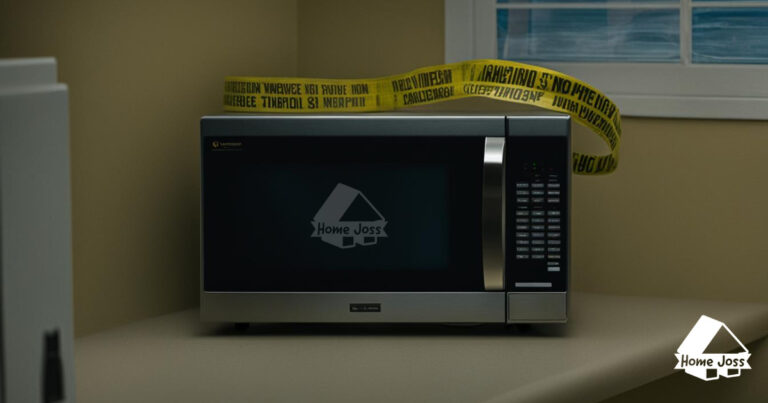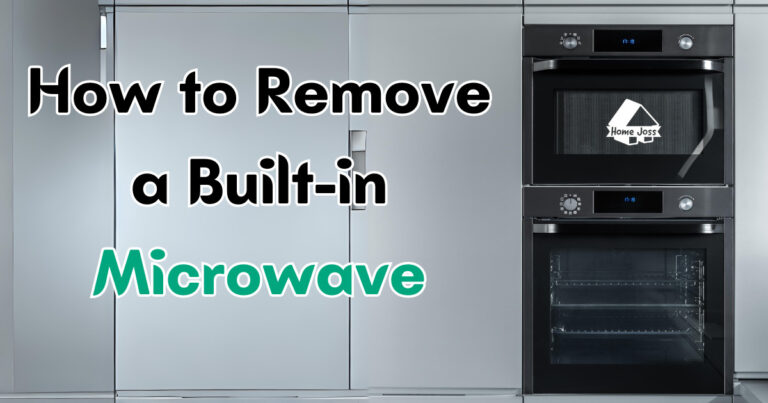As a cat owner, you may have found yourself in a predicament when it comes to serving your feline companion their meals. Cats are known for their preference for warm, fresh food, but what do you do when their canned food has been refrigerated and is too cold for their liking?
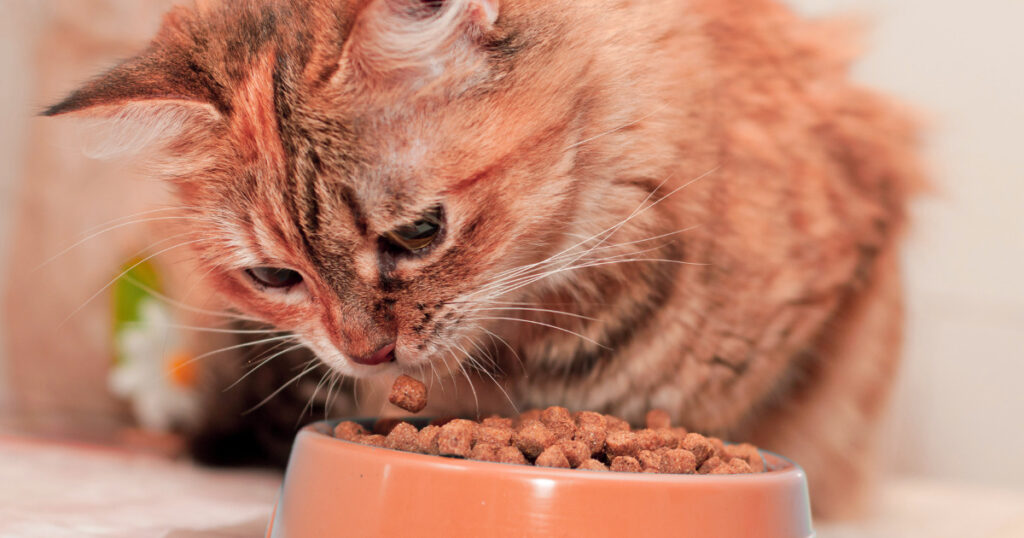
One solution that often comes to mind is microwaving the cat food. But is it safe? And how can you ensure that the food is heated properly without compromising its nutritional value?
In this step-by-step guide, we will explore the topic of microwaving cat food and provide you with all the information you need to make an informed decision.
Can You Microwave Cat Food?
Yes, you can microwave cat food, but it should be done with caution to avoid nutrient loss and alterations to the food’s fat content. It’s best to microwave the food in short intervals at a low power setting, stirring it to ensure even heating.
Always check the temperature before serving to ensure it’s not too hot for your cat. There are also alternative methods to heat cat food if you prefer to avoid microwaving.
Microwave Dilemma
When it comes to heating up cat food, many sources recommend using a microwave. After all, it’s a quick and convenient way to warm up the food. However, there are a few important factors to consider before microwaving your cat’s meal.
Nutrient Loss
One concern with microwaving cat food is the potential loss of nutrients. It is widely believed that microwaving can reduce the nutritional content of food, and the same applies to cat food.
Microwaves work by using electromagnetic waves to heat up the water molecules in the food, which can lead to nutrient degradation. While heating the food for a few seconds is unlikely to have a significant impact, prolonged microwaving can result in a loss of essential nutrients.
Altered Fat Molecules
Another consideration is the effect of microwaving on the fat molecules in the cat food. Research suggests that microwaving can alter the structure of fats, making them harder for your cat to digest.
Over time, this can have a negative impact on your cat’s diet and overall health. It’s essential to be mindful of the duration and intensity of microwaving to avoid detrimental effects on the food’s fat content.
How to Safely Microwave Cat Food
If you still choose to microwave your cat’s food, there are steps you can take to ensure safety and minimize nutrient loss. Follow these guidelines to safely heat up your cat’s meal:
1. Portion Control
Place a small portion of the cat food on a microwave-safe plate. It’s important to use a plate that is designated for microwave use to avoid any chemical leaching from non-microwave-safe materials.
2. Cover the Food
Use another microwave-safe plate to cover the cat food. This step is crucial to prevent any splattering or mess inside the microwave.
3. Low Power Setting
Set your microwave to a low-power setting to avoid overheating the food. Heating the food for a few seconds at a time on low power is sufficient to take the chill off and bring it closer to room temperature.
4. Heat in Intervals
Microwave the food for a brief duration, then take it out and allow it to rest. Mix the food to ensure the even distribution of heat. Repeat these steps until you reach the desired temperature.
5. Temperature Check
Ensure to verify the food’s temperature before serving it to your feline companion. Microwaves tend to heat food unevenly, hence giving it a good stir helps distribute the heat and avoids any concentrated hot areas.
Taking a few minutes for the food to settle after microwaving guarantees the dissipation of excess heat.
Alternatives to Microwaving Cat Food
If you’re hesitant about microwaving your cat’s food or prefer to explore other options, there are alternative methods to safely heat up their meals. Consider the following alternatives:
Portable Food Warmers
Portable food warmers, such as crockpots and portable ovens, are ideal for warming up cat food on the go. These devices can evenly reheat both frozen and fresh meals without compromising the food’s quality or nutritional value. Some popular brands/types include Crockpot, Aotto Portable Oven, and Travelisimo Electric Box.
Steam
Using steam to heat up cat food is an effective method that preserves flavor, texture, and nutrients. Steam is particularly suitable for heating vegetables, pasta, quinoa, and rice. It retains critical nutrients like vitamins C and B, which can be easily destroyed by microwaving.
To steam cat food, follow these steps:
- In a large pot add one cup of water.
- Place the cat food in a fine-mesh basket or colander that fits securely in the pot.
- Boil the water on medium-low heat, allowing the steam to warm up the food. The duration will vary depending on the food’s volume, so monitor it closely to avoid overcooking.
FAQ about Microwaving Cat Food
Can cats eat cold food?
While each cat has its preferences, most cats prefer their food at room temperature or slightly warmed. Cold food may not be as appealing to them, and it could even hurt their teeth.
Is it safe to warm up cat food in the microwave?
Microwaving cat food can be safe if done properly. However, it’s important to be cautious of nutrient loss and potential alterations to the fat molecules in the food.
How long should I microwave cat food?
Microwaving cat food should be done in short intervals, typically a few seconds at a time. It’s crucial to check the food’s temperature and stir it to distribute the heat evenly.
Are there any alternatives to microwaving cat food?
Yes, there are alternatives to microwaving cat food, such as using portable food warmers or steaming the food. These methods can safely heat up the food without the potential drawbacks of microwaving.
Can I leave an opened can of cat food at room temperature?
It is not recommended to leave an opened can of cat food at room temperature for more than twenty minutes. This can lead to bacterial growth and spoilage.
Why do cats prefer warm food?
Cats have evolved to prefer warm food because in the wild, fresh prey would be at body temperature. Warm food also enhances the scent, making it more appealing to cats.
Does microwaving cat food affect its nutritional value?
Microwaving can result in a loss of nutrients in cat food, especially if heated for prolonged periods. However, heating the food for a few seconds to bring it closer to room temperature is unlikely to have a significant impact.
Can microwaving cat food alter its fat content?
Yes, microwaving cat food can alter the structure of the fats in it, making them harder for cats to digest. It’s important to be mindful of the duration and intensity of microwaving to avoid any negative effects.
How can I warm up cat food without using a microwave?
You can warm up cat food by mixing in some warm water or standing the food container in hot water. These methods gradually increase the food’s temperature without compromising its moisture levels.
Does warm food make cat meals more enjoyable?
Warm food can enhance the scent and flavor of cat meals, making them more enjoyable for cats. If your cat is a picky eater, warming up their food might help stimulate their appetite.
Microwaving cat food can be done safely if proper precautions are taken. However, there are alternative methods available, such as using portable food warmers or steaming the food, that can heat up cat meals without the potential drawbacks of microwaving.
Remember to prioritize your cat’s preferences and monitor the food’s temperature to ensure a pleasant dining experience for your feline companion

